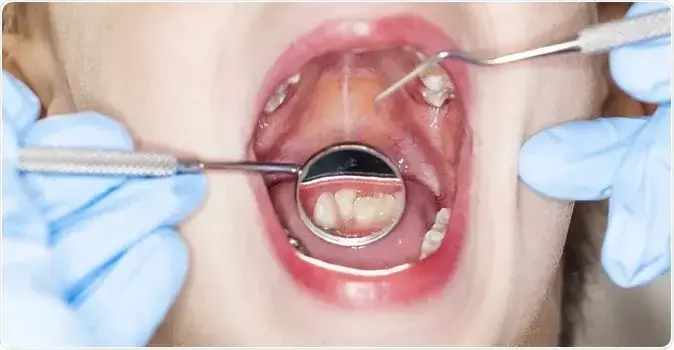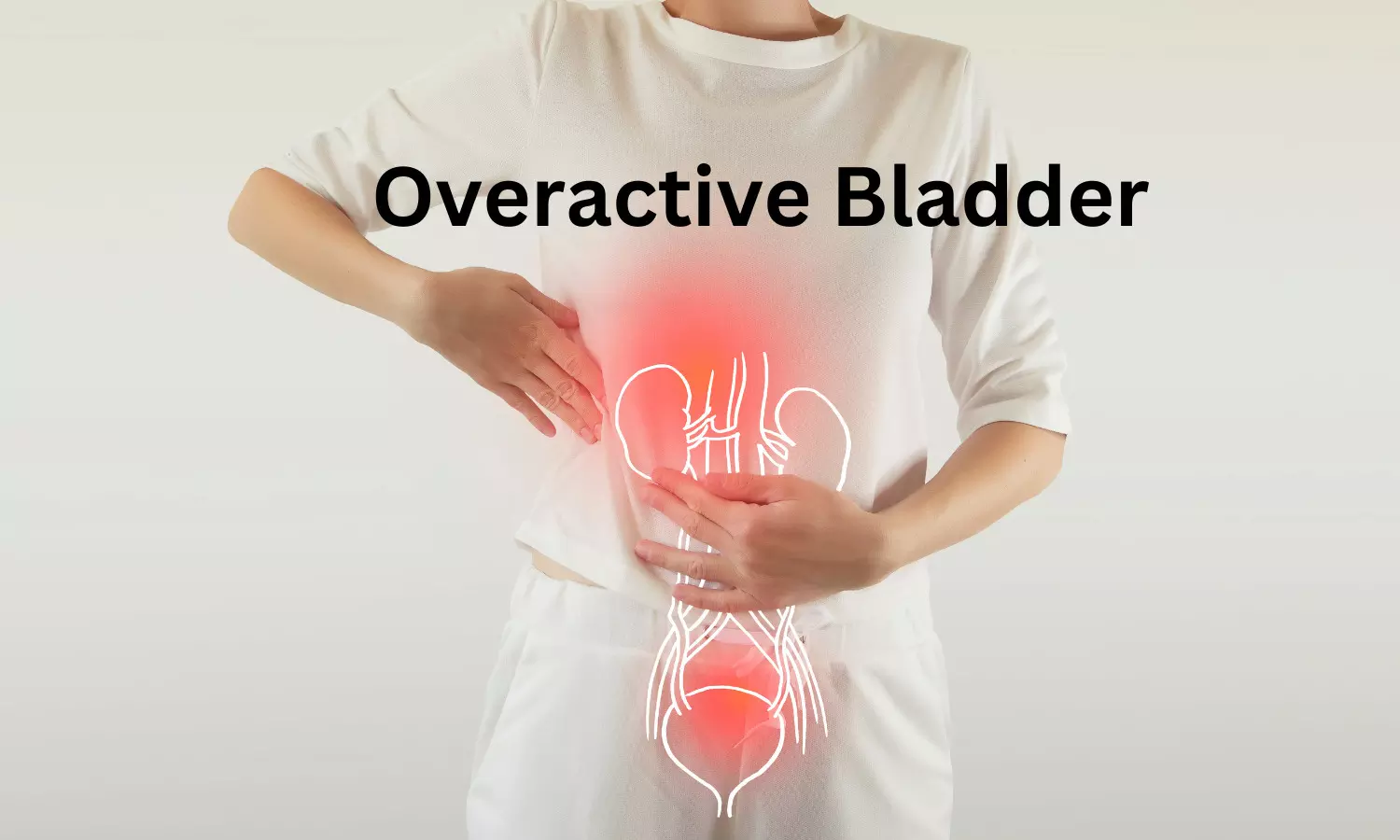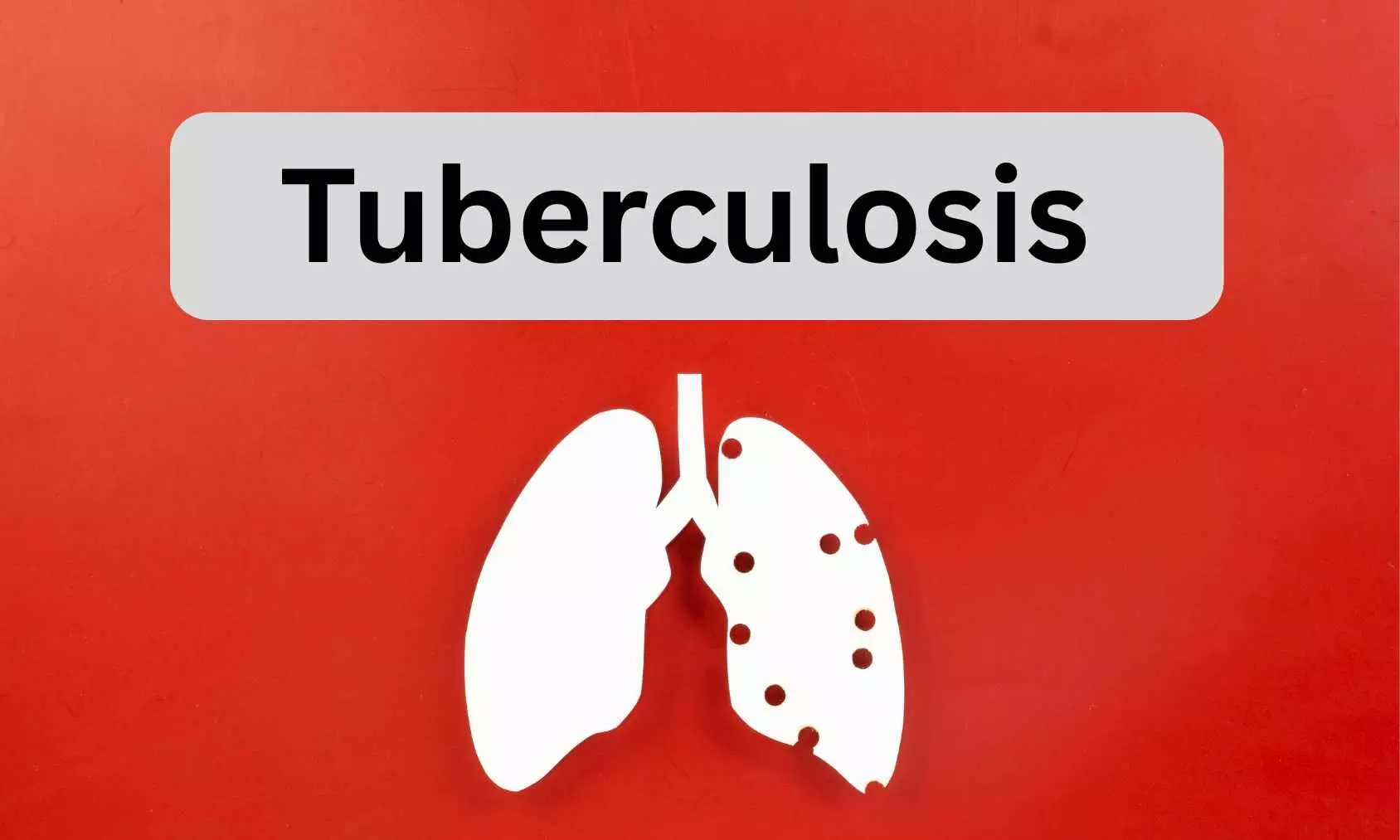
Recent clinical investigation was conducted to examine the effects of intravenous (IV) administration of lignocaine, dexmedetomidine, and a combination of both on haemodynamic and stress responses during skull pin application in craniotomy procedures involving 160 patients, aged 18 to 60 years. The study was a double-blinded, randomized, placebo-controlled trial that categorized participants into four groups: one receiving lignocaine (Group L), another receiving dexmedetomidine (Group D), a third group receiving both lignocaine and dexmedetomidine (Group LD), and a control group (Group N) receiving saline.
Preoperative Evaluations
Preoperative evaluations established eligibility based on Glasgow Coma Scale (GCS) scores and American Society of Anesthesiologists (ASA) physical status classifications. Various haemodynamic parameters—including heart rate, systolic blood pressure, diastolic blood pressure, and mean arterial pressure—were continuously measured at set intervals throughout the surgery. Additionally, stress responses were evaluated through serum cortisol, serum prolactin, blood sugar levels, and the neutrophil-lymphocyte ratio (NLR).
Key Findings
Key findings indicated significant differences in the haemodynamic fluctuations among the treatment groups during skull pin application. Groups D and LD exhibited fewer changes in heart rate and mean arterial pressure when compared to Group N. Notably, the combination of dexmedetomidine and lignocaine (Group LD) resulted in the greatest attenuation of stress responses, characterized by significantly lower cortisol levels (P < 0.001) and NLR values (P = 0.002), both of which were dissipated within 6 minutes after skull pin application.
Postoperative Observations
Postoperatively, all treatment groups experienced increases in blood sugar levels; however, this change was particularly significant in Groups N and D (P < 0.001). The results suggest that Group LD not only minimized haemodynamic fluctuations but also contributed to a better overall neuroendocrine response, as reflected by hormone levels.
Anaesthetic Requirements
Moreover, the requirement for additional anaesthetic agents was reduced in the LD group; doses of propofol and opioid consumption were lower in this group compared to others (P < 0.001). This indicates that the combination therapy may help lower the need for opioids, contributing to a potential for opioid-free anaesthesia in neurosurgical settings. The study design ensured that the anaesthetists administering the treatments remained blinded to group assignment, enhancing the validity of results. Complications such as hypotension and bradycardia were noted in both dexmedetomidine groups, yet no statistically significant differences in these adverse events were observed between Groups D and LD.
Literature Alignment and Limitations
The findings also align with existing literature, supporting the neuroprotective and anti-inflammatory properties of dexmedetomidine, demonstrated by significant reductions in inflammatory markers like NLR. While this study presents clinically relevant insights, it also notes limitations, including the single-centre design, the lack of assessment for catecholamine levels and ACTH, and exclusion of patients with higher ASA classifications who could indicate a higher risk for complications.
Conclusion and Recommendations
In conclusion, intravenous administration of the combined dexmedetomidine-lignocaine greatly reduces stress responses and improves haemodynamic stability during craniotomy, marking it as a promising alternative for improved perioperative management in neurosurgical patients. Further studies are recommended to explore the long-term effects and broader applicability of these findings.
Key Points
– A double-blinded, randomized, placebo-controlled trial involving 160 patients (ages 18-60) evaluated the effects of intravenous administration of lignocaine, dexmedetomidine, and their combination on haemodynamic and stress responses during skull pin application in craniotomy procedures. Participants were divided into four groups: lignocaine, dexmedetomidine, a combination of both, and a control group receiving saline.
– Preoperative evaluations confirmed eligibility based on Glasgow Coma Scale scores and American Society of Anesthesiologists physical status classifications, with continuous monitoring of haemodynamic parameters (heart rate, systolic/diastolic blood pressure, mean arterial pressure) and stress responses (serum cortisol, serum prolactin, blood sugar levels, neutrophil-lymphocyte ratio).
– Significant differences in haemodynamic fluctuations during skull pin application were observed, with Groups D and LD showing fewer changes in heart rate and mean arterial pressure compared to the control group. Group LD demonstrated the most significant decrease in stress responses, indicated by lower cortisol (P < 0.001) and NLR values (P = 0.002), with normalization within 6 minutes after skull pin application.
– Postoperatively, all treatment groups showed increased blood sugar levels, particularly significant in Groups N and D (P < 0.001). Group LD not only minimized haemodynamic fluctuations but also presented a more favorable neuroendocrine response characterized by hormone level reductions.
– The combination of dexmedetomidine and lignocaine reduced the requirement for additional anaesthetic agents, leading to decreased consumption of propofol and opioids (P < 0.001), highlighting the potential for opioid-free anaesthesia in neurosurgical practices.
– While the study supports the neuroprotective and anti-inflammatory roles of dexmedetomidine, limitations include its single-centre design, lack of catecholamine and ACTH level assessments, and exclusion of higher ASA classification patients. Recommendations for future research include exploring long-term effects and broader applicability of the findings in diverse clinical settings.
Reference –
Mallikarjuna S, Arora R, Mirza A, Agrawal S. Comparison of intravenous lignocaine, dexmedetomidine, and lignocaine dexmedetomidine infusion for attenuation of pain response to skull pin application in patients of intracranial tumours: A placebo controlled, double blinded, randomised comparative study. Indian J Anaesth 2025;69:350-7.









